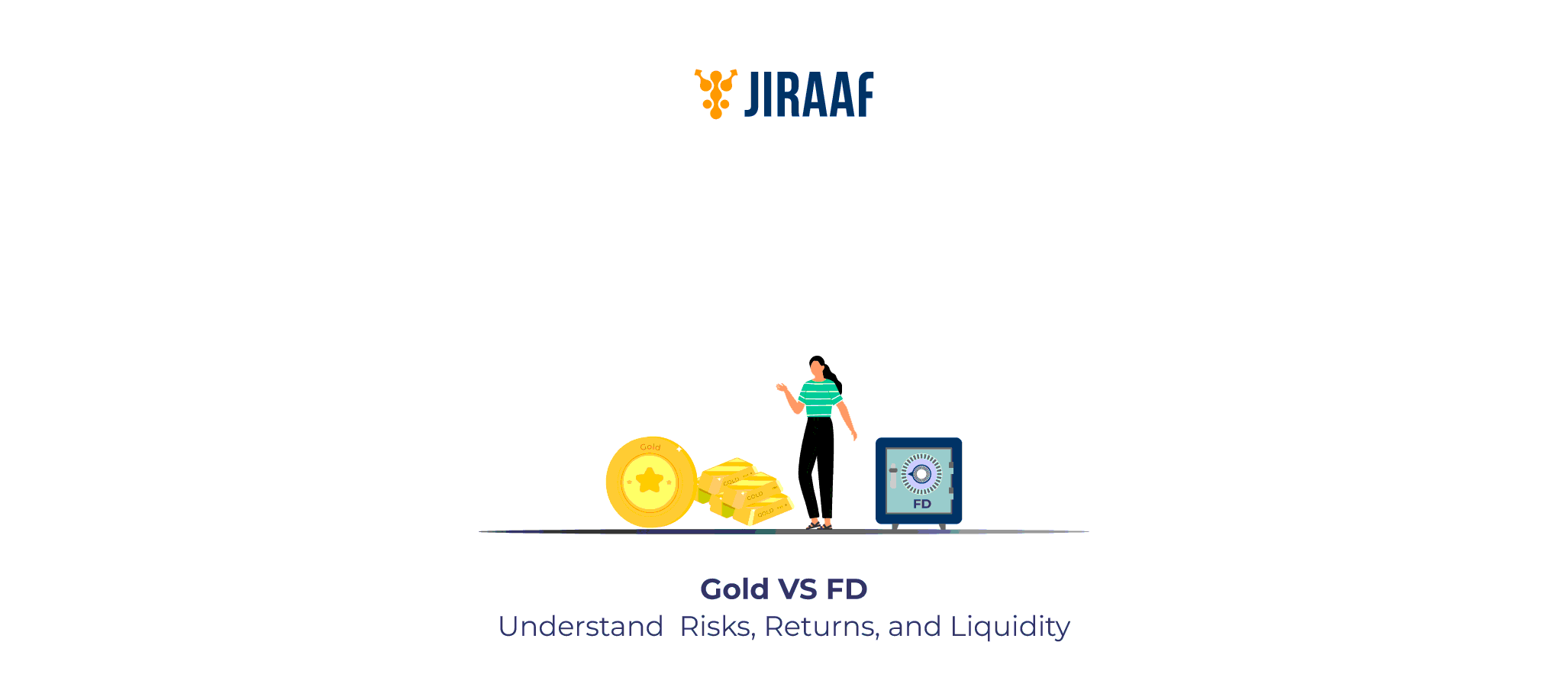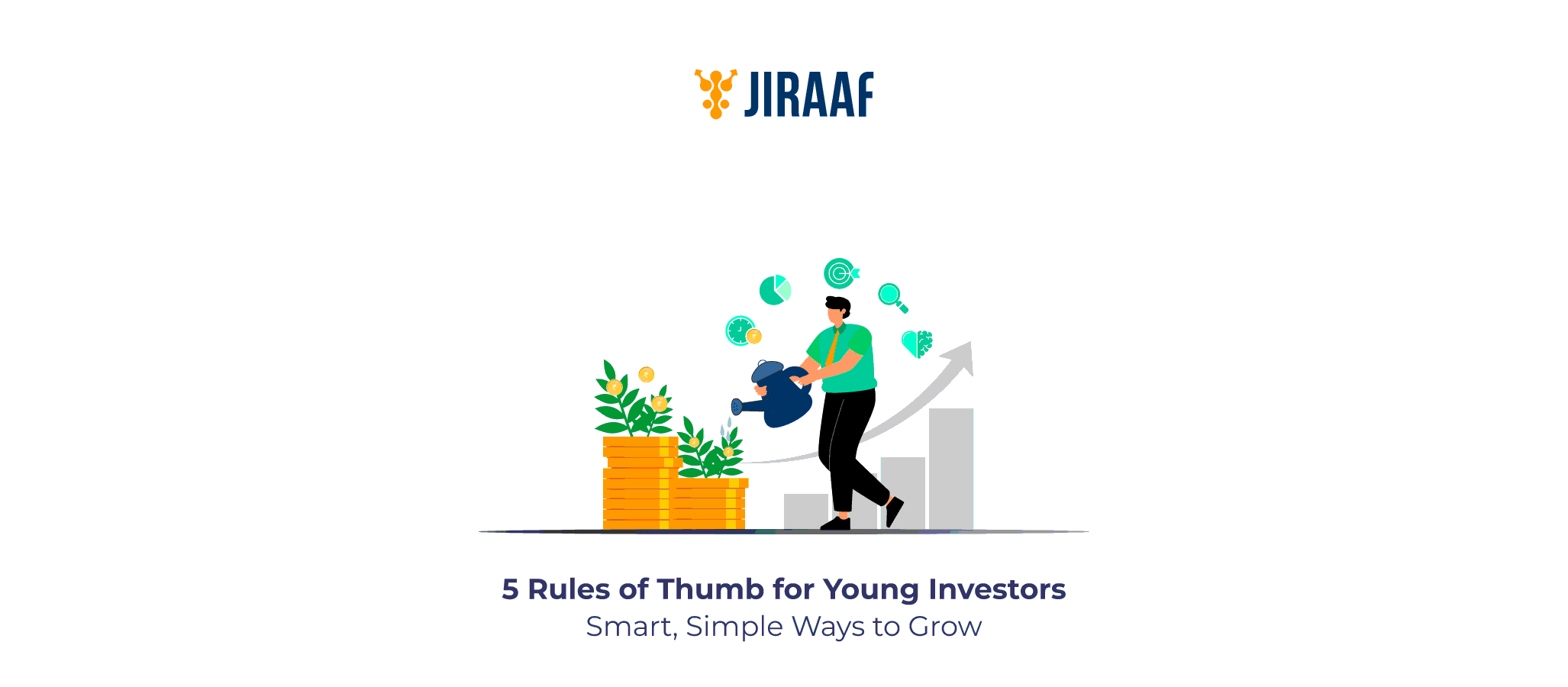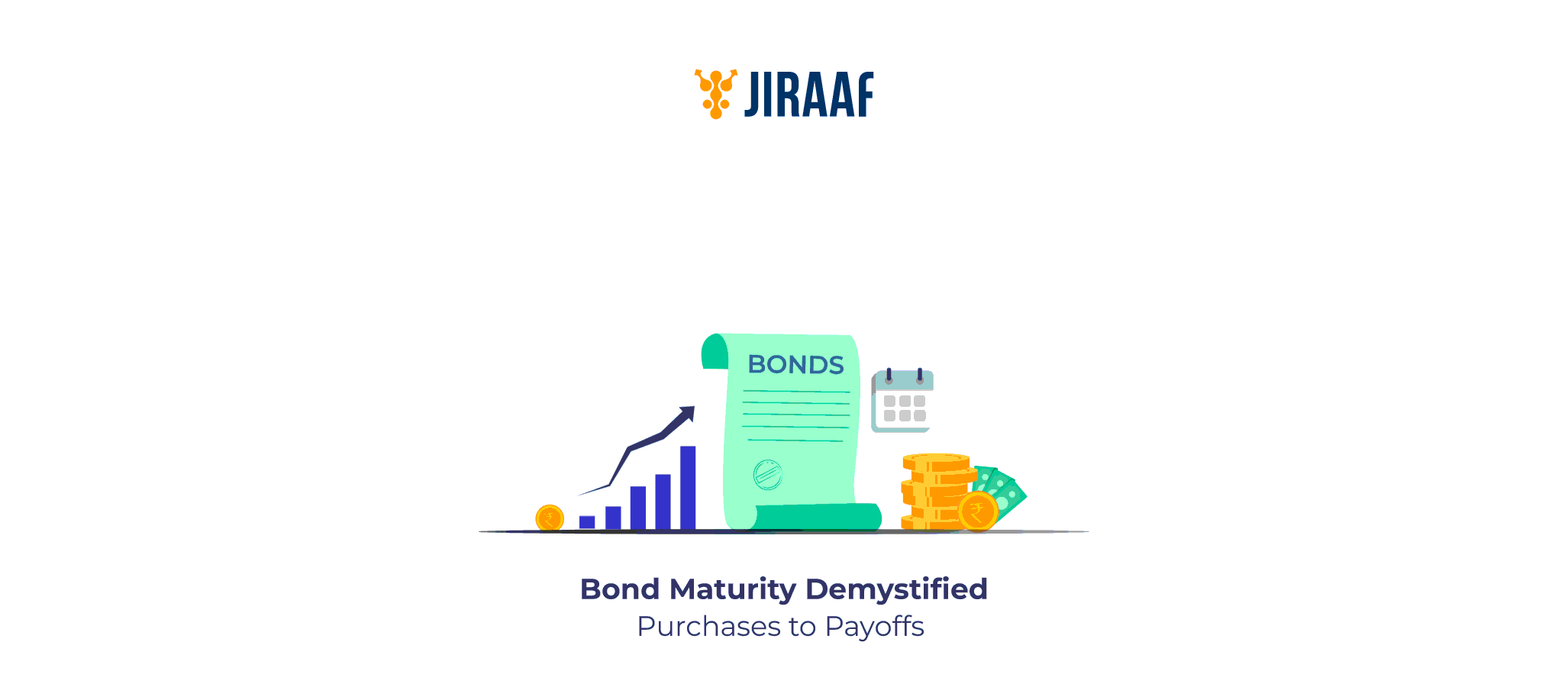Gold has worn many hats through the ages; it has been a symbol of beauty, a store of value, and a timeless hedge against uncertainty. Across the world, it has adorned people as jewelry, served as currency, and evolved into an asset class in its own right.
In India also, gold is more than just an investment—it’s an emotion. It marks milestones, festivals, and financial security alike. No wonder Indian households are estimated to hold nearly 25000 tons of gold.
Fixed deposits (FDs), on the other hand, occupy a different corner of the Indian psyche—one rooted in safety and assured returns. They’re the quiet custodians of stability, offering peace of mind, even if not the same growth potential as gold.
Both demand a meaningful financial commitment (gold, of course, more so), but are designed for very different purposes. One just preserves your wealth but brings stability, the other offers exponential growth but with much higher volatility. If you’re confused about which asset is the best fit for you, try assessing factors like your needs and investment duration.
But before we go into more detail about which is the best option for you, let’s have a quick glance at both of them.
An Overview of Both Investment Options
For conservative investors, gold and fixed deposits (FDs) are more than just investments—they’re emotional anchors of security and stability. But while both are considered “safe,” they differ vastly in how gold grows your money and FD protects your money.
- Gold: It is often seen as a timeless store of wealth; however, it does not generate any interest or provide regular income. Instead, it grows through price appreciation driven by global demand, inflation, and currency movements. From gold jewelry to digital gold and sovereign gold bonds, it represents both culture and crisis protection.
- Fixed Deposits: You can park your money for a fixed tenure, earn a guaranteed interest rate, and get your capital back at maturity. They’re predictable, transparent, and protected by deposit insurance (up to ₹5 lakh per depositor per bank).
So, while gold shines during uncertain times, FD gives you peace of mind with assured returns. But how have both actually performed over time?
Let’s look at how gold and FDs have rewarded investors over the last two decades.
Historical Performance of Gold vs FD in India
Average FD rates in India ranged between 5.5% and 9% over the past 20 years, depending on the economic cycle. During 2003–2008, FDs offered attractive rates around 5.75–9%, but in the 2010s, rates fell to 8.25 to 8.75 %, and recently hover around 6.6–8.2%.
Gold, as per World Gold Council data, delivered an impressive ~9.1% annualized return between 2003 and 2023. During the same period, gold prices surged from ₹5,600 per 10g (2003) to ₹61,000+ per 10g (2023).
| Year/Period | Average FD Return (p.a.) | Gold Return (p.a.) | Notable Highlights |
| 2003–2008 | 5.75–9% | ~10% | Gold benefited from global boom in commodities |
| 2009–2013 | 7–9% | ~15% | Gold rallied sharply post financial crisis |
| 2014–2018 | 6.5–7% | ~3–4% | Gold returns slowed amid global recovery |
| 2019–2023 | 5.7–7.2% | ~10-11% | Inflation & weak rupee boosted gold prices |
| 20-year Avg (2003–2023) | 7.2% | 9.1% | Both have given a better return |
Gold’s long-term record shows strong inflation-beating growth, while FDs maintained consistent, moderate income. The difference lies in how these returns behave—gold’s growth is volatile, while FD returns are stable.
But being stable doesn’t always mean it is risk-free. Let’s unpack how both handle different types of risk.
Risk and Volatility: FD vs Gold Analysis
Every investment carries some form of risk—even the “safe” ones. Here’s how gold and FDs differ across key dimensions:
| Risk Type | Gold | Fixed Deposit |
| Market Risk | High – prices fluctuate daily based on global trends | Very Low – interest and principal are fixed |
| Inflation Risk | Low – gold often outpaces inflation | Moderate – inflation can erode real FD returns |
| Credit Risk | None (if physical or SGBs); minimal with ETFs | Low, but depends on the bank or NBFC’s stability |
| Liquidity Risk | Varies – jeweler resale and gold bonds have limits | Low – premature withdrawal possible (with penalty) |
| Volatility | High – prices can swing sharply | Minimal – returns are predictable |
In short, FDs protect your principal, while gold protects your purchasing power. A smart investor like you can blend both—gold for inflation defense, FD for certainty.
Let’s see how gold and FDs compare when it comes to liquidity and preserving wealth.
Liquidity and Wealth Preservation of Gold vs FD
With FDs, liquidity depends on your tenure. Most banks allow premature withdrawals, but with a 1% interest penalty. Some modern platforms, such as Jiraaf, have listed curated FDs that can be exited more flexibly, giving you liquidity without heavy penalties.
Gold, however, varies by type:
- Jewelry: Easy to sell or pledge, but the resale value is reduced by making charges.
- Coins/Bars: It is easier to liquidate; purity and documentation affect pricing.
- Digital Gold / ETFs: They are very liquid in nature and can also be sold online instantly.
- Sovereign Gold Bonds (SGBs): The lock in period is 8 years, but you can trade on exchanges or exit after 5 years.
When it comes to wealth preservation, gold historically acts as an inflation hedge, retaining value even when currencies lose purchasing power. Fixed deposits, meanwhile, preserve your capital, shielding you from market crashes but not necessarily from inflation.
Still, what you earn after tax truly determines how effective each is. Let’s see how taxation plays out for both.
Taxation on FD vs Gold Investments
Taxation can quietly eat on your returns if you’re not careful.
Tax on Fixed Deposits
- FD interest is fully taxable as “income from other sources” under your slab rate and the tax regime.
- If you earn over ₹50,000 in annual interest (₹1,00,000 for seniors), a TDS of 10% is deducted
- Investors can claim deductions on tax-saving FDs under Section 80C, up to ₹1.5 lakh. Additionally, senior citizens can claim a deduction of up to ₹50,000 on FD interest under Section 80TTB.
- Example: If you earn ₹60,000 interest and fall in the 20% tax bracket, your post-tax return might drop from 7% to around 5.6% effectively.
Tax on Gold
- Physical gold is taxed when you have gains while you are selling. If held less than 2 years, gains are short-term and taxed as per your slab. When it is held for more than 2 years, gains are long-term, taxed at 12.5%.
- Gold ETFs and Gold Mutual Funds: Physical gold is taxed when you have gains while you are selling. If held less than 1 year, gains are short-term and taxed as per your slab. If it is held for more than 1 year, gains are long-term, taxed at 12.5%, and no indexation.
- If Sovereign Gold Bonds (SGBs) are sold within one year of purchase, the gains are treated as short-term capital gains (STCG). If sold after one year, they are considered long-term capital gains (LTCG) which are taxed at 12.5% only in the secondary market.
- GST on purchasing physical gold has 3% GST on the value of gold and 5% GST on making charges for jewelers. SGBs and Gold ETFs do not attract GST.
So, gold can be more tax-efficient if held in the long term, while FDs are more predictable but taxed annually.
Taxes aside, the real question is: how should you divide your portfolio between the two?
Portfolio Allocation: Should You Choose Gold or FD?
You’ll hear a very simple way to deal with this choice, “put 10% in gold and the rest in FDs”. But real life isn’t that simple.
Your ideal mix depends on what you’re trying to achieve.
- If your goal is steady income, FDs (especially those listed on Jiraaf or top banks) are ideal for earning assured interest.
- If your goal is long-term wealth protection, gold—preferably in ETFs or SGBs—helps hedge inflation.
A balanced portfolio for a conservative investor could look like this:
- 60-70% in FDs and other fixed-income options (bank FDs, corporate FDs, or curated debt on platforms like Jiraaf).
- 40-30% gold instruments for inflation and currency protection.
This mix ensures your capital is safe, your returns are stable, and your wealth holds real value over time.
Remember, diversification doesn’t mean chasing returns—it’s about protecting peace of mind.
Now that you know how both fit together, let’s see what really makes sense for you personally.
Final Takeaway: Which is Better for You?
Gold is a timeless hedge against uncertainty. It shines when the world feels shaky and carries both emotional and financial weight for generations. Fixed deposits, on the other hand, stand as pillars of security, offering assured returns and a sense of calm that your savings are safe and dependable.
The key lies in balance. Let gold protect you from inflation and uncertainty, while fixed deposits give you a steady foundation of guaranteed income. Together, they help you build not just wealth, but the comfort of knowing your future is secure, step by step, choice by choice.
FAQs About Gold vs FD
Over the past 20 years, gold delivered around 9.1% of CAGR, while FDs averaged 7.2%. Gold outperforms during inflationary or uncertain times; FDs offer consistent income.
Bank FDs are insured up to ₹5 lakh per depositor per bank under DICGC. However, company FDs carry slightly higher risk—always choose reputed issuers or regulated platforms like Jiraaf for added security.
Yes. Gold is subject to market volatility, especially in the short term. But over long periods, it generally maintains purchasing power.
FDs are better for short-term goals (1–3 years) because of guaranteed returns and low volatility. Gold suits long-term goals (5+ years).









